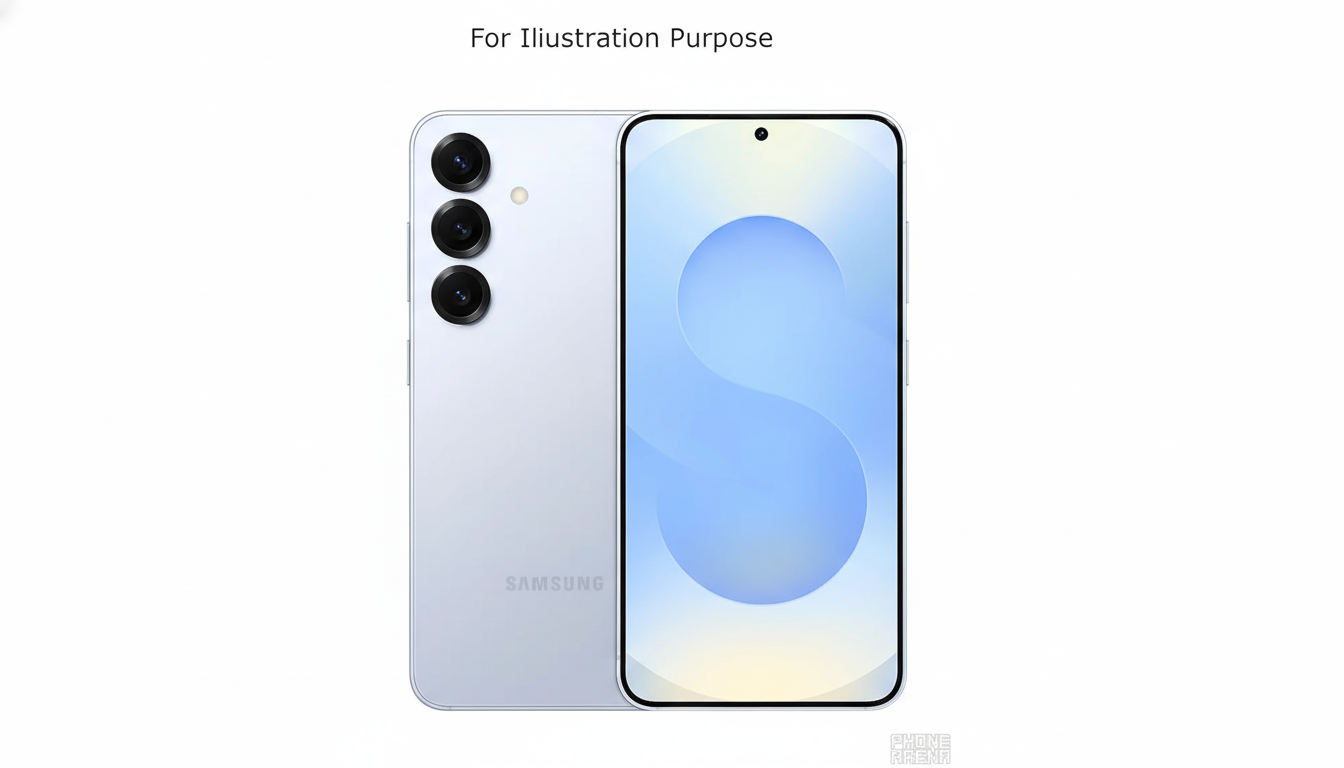Samsung’s next flagship lineup is tracking a staggered ramp, with the Galaxy S26 Plus now expected to enter mass production in January while the Galaxy S26 Ultra reportedly gets a head start in December. The shift, detailed by South Korean outlet The Elec, suggests Samsung has reworked its internal schedule after pivoting away from an experimental Edge variant and reinstating the Plus model in the trio.
What the January Shift Signals for Launch Timing
Mass production timing is the clearest proxy for launch readiness. In the smartphone industry, moving from final validation to full-scale builds typically requires 4–8 weeks to stabilize yields, seed channel inventory, and complete software load on retail units. If the S26 and S26 Plus begin that process in January, it narrows the window for an immediate retail debut, raising the likelihood of a later unveiling or a tighter channel fill at launch.

The Elec reports that the S26 Ultra’s display has already cleared approval, while the base S26 and S26 Plus share key components—most notably the OLED panel—tying their start dates together. That aligns with standard practice: when two models share a display family, panel qualification and firmware tuning usually gate both devices. Industry engineers often budget one to two months to move from design verification to production validation on reintroduced SKUs, which tracks with the Plus model’s timeline.
OLED and Component Readiness Across the Lineup
Only the Ultra’s OLED is said to be greenlit for production, a sign Samsung Display has locked material sets, driver ICs, and quality targets for the top-tier panel first. For the S26 and S26 Plus, shared display hardware can streamline procurement and reduce cost, but it also couples schedules—if the Plus panel or touch stack needs a late firmware tweak, both devices wait.
Beyond displays, shared components such as camera sensors, mid-frame designs, and battery packs are frequently built on common tooling to maximize scale. That approach improves per-unit economics but introduces single points of dependency. Display Supply Chain Consultants has repeatedly noted that panel approval is among the final, most consequential gates before mass production, and it often dictates the entire build plan once chipset and modem selections are locked.
Portfolio Strategy Behind the Change in S26 Lineup
Reports earlier this month indicated Samsung paused an Edge-branded concept amid soft demand projections, reverting to the familiar Base–Plus–Ultra lineup. That decision reinforces the importance of the mid-tier flagship slot, which sits between the high-volume base model and the high-margin Ultra. Counterpoint Research has observed that Ultra-class devices capture a disproportionate share of premium revenue, while base models tend to drive unit volume; the Plus bridges those worlds, appealing to buyers who want larger screens and bigger batteries without Ultra pricing.
Reintroducing the Plus late in the cycle would naturally compress development and validation windows. If tooling and qualification for the Plus restarted after the Edge pivot, the knock-on effect is exactly what we’re seeing: Ultra production proceeding on schedule, with the other two models following only once shared components clear validation.

Launch Timing and Market Impact for Samsung’s S26
Samsung has favored early-year Unpacked events, and historically the company prefers synchronized launches for the S series to simplify marketing and carrier logistics. A January mass production start for the S26 and S26 Plus makes a same-month retail debut challenging unless Samsung accepts limited initial inventory. More conservatively, a February or even March on-shelf window becomes plausible if the company opts for fuller channel stocking.
The competitive backdrop matters. Premium buyers are typically most active in the first half of the year after holiday cycles normalize, and carriers plan promotions around flagship refreshes. A slight slip may not dent demand, but it can influence which models receive early marketing weight. If Ultra production is comfortably ahead, Samsung could emphasize the top-end device first while keeping the base and Plus in a short queue—though a split rollout risks muddling the message.
What to Watch Next as Galaxy S26 Production Nears
Key tells over the coming weeks include:
- Confirmation of panel approvals for the S26 and S26 Plus
- Sightings of preproduction units moving from PVT to MP
- Indications from carrier partners about certification milestones
If those line up, a compact gap between announcement and retail availability is still achievable, just on a slightly shifted calendar.
The bottom line: Samsung’s decision matrix appears driven by display readiness and a late-cycle portfolio adjustment. Ultra is on track for December mass production, while the Galaxy S26 Plus is now penciled in for January—bringing the base model along with it. That sequencing tightens launch options but doesn’t fundamentally change the playbook; it simply compresses it.

